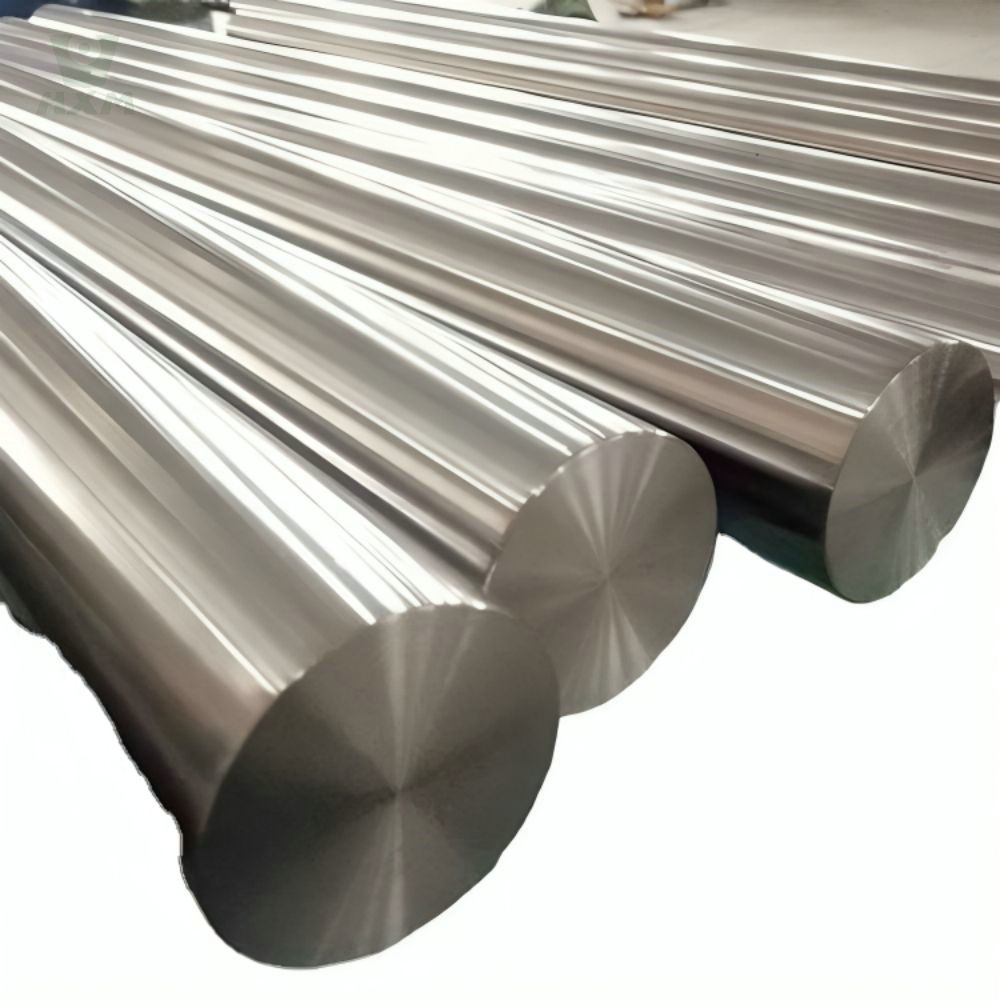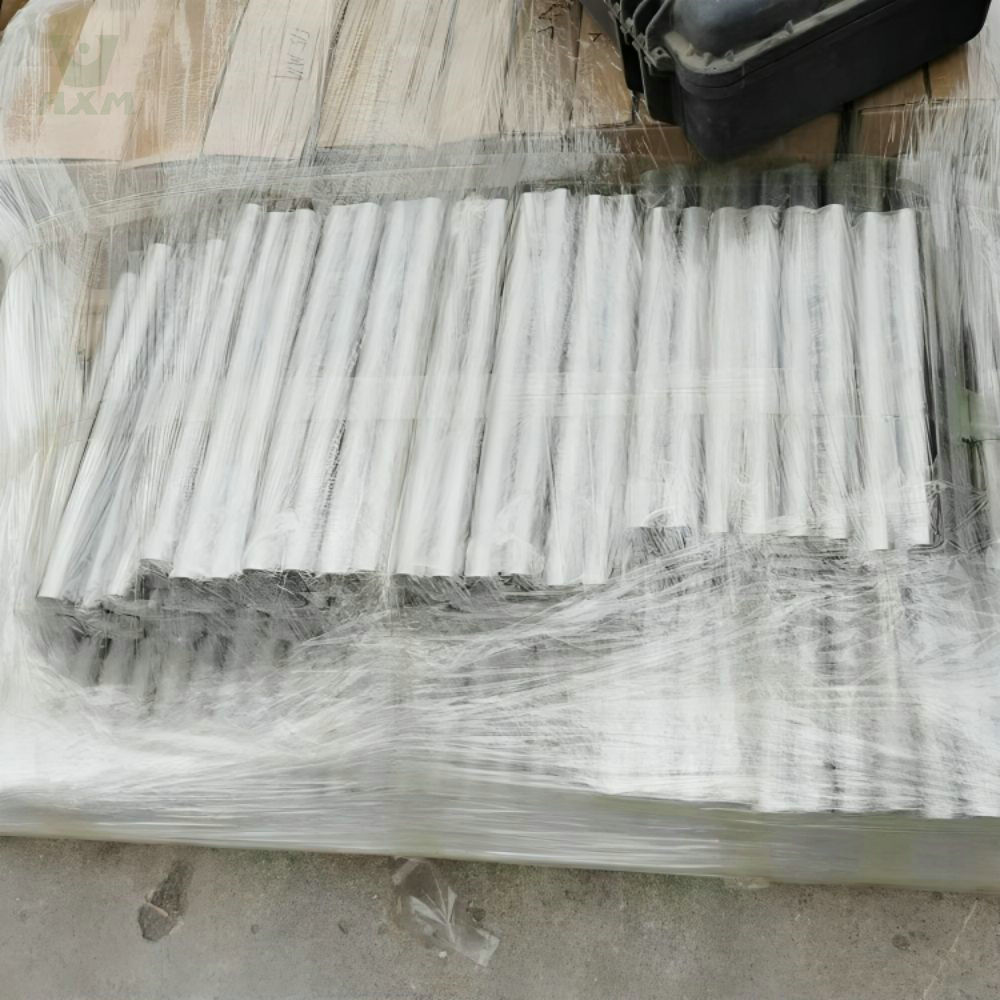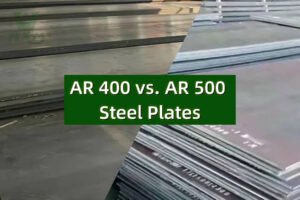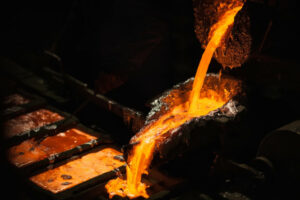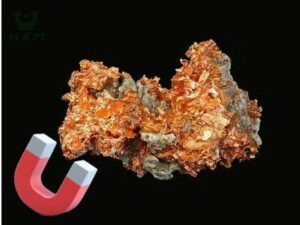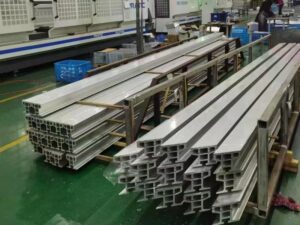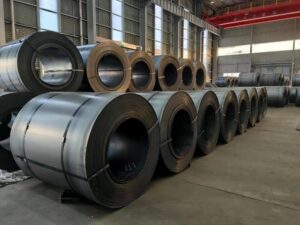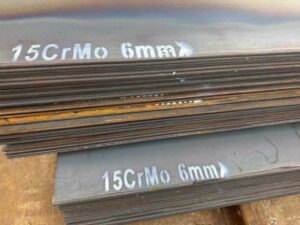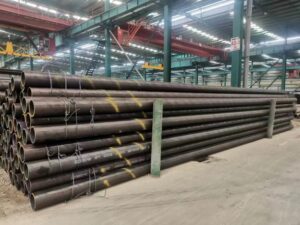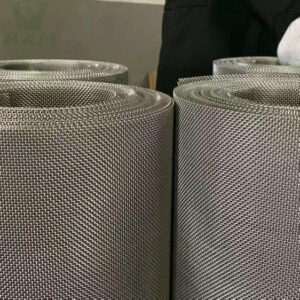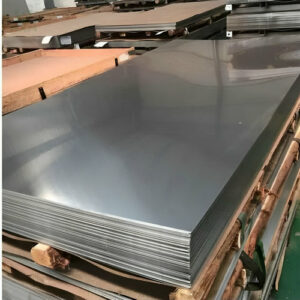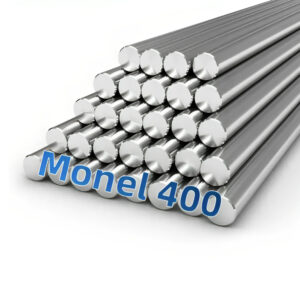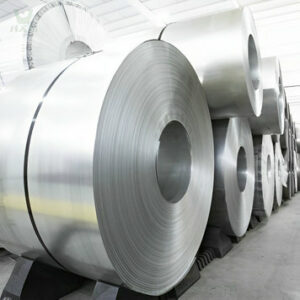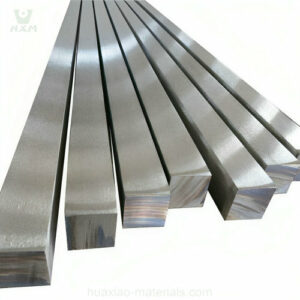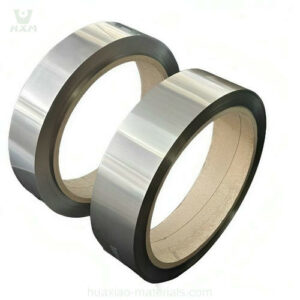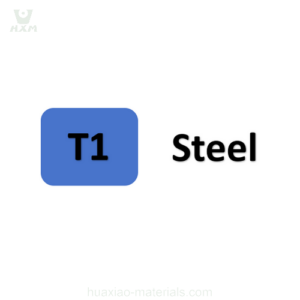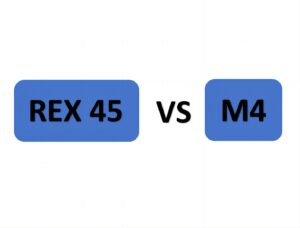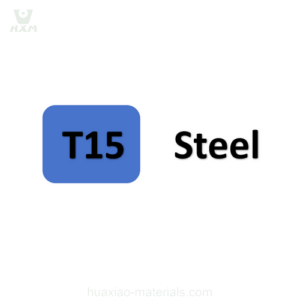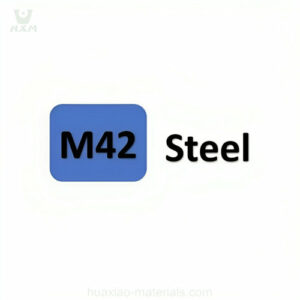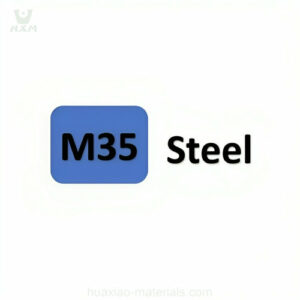430 stainless steel round bars find applications in various industries and sectors due to their specific properties and characteristics. Common applications for 430 stainless steel round bars include:
Kitchen Appliances: 430 stainless steel is often used to make components for kitchen appliances such as oven and microwave interiors, dishwasher linings, and refrigerator shelving due to its corrosion resistance and heat resistance.
Automotive Trim: The material’s attractive appearance and resistance to corrosion make it suitable for automotive trim, including decorative strips, grilles, and exhaust system components.
Fasteners: 430 stainless steel round bars are used to manufacture fasteners such as screws, bolts, nuts, and rivets, which require good corrosion resistance and durability.
Architectural Applications: In architectural design, 430 stainless steel is used for decorative features, cladding, and trim on buildings and structures. It offers an aesthetically pleasing appearance and is resistant to atmospheric corrosion.
Cutlery and Utensils: Some cutlery and kitchen utensils are made from 430 stainless steel due to its corrosion resistance and ease of cleaning.
Wire Products: It is used to manufacture various wire products, including wire mesh, wire baskets, and wire forms, for applications such as filtration, shelving, and industrial storage.
Heat Exchangers: Some types of heat exchanger tubing are made from 430 stainless steel, particularly in applications that involve moderate temperatures and where corrosion resistance is needed.
Interior Trim: In the construction industry, 430 stainless steel round bars can be used for interior trim, handles, and fixtures in residential and commercial buildings.
Catering Equipment: Stainless steel round bars are used in the construction of catering equipment, including food preparation tables, counters, and shelving, due to their hygiene and durability.
Appliance Components: Various components within appliances, such as dryer drums and washing machine tubs, are made from 430 stainless steel for its corrosion resistance and heat resistance.
Ventilation Systems: It is used for ductwork and ventilation systems in both residential and commercial buildings.
Outdoor Applications: In mild outdoor environments, 430 stainless steel can be used for components such as handrails, signage, and decorative elements.
It’s important to note that 430 stainless steel is not as corrosion-resistant as other stainless steel grades like 304 or 316. Therefore, its suitability for specific applications should be assessed based on the level of exposure to corrosive elements and environmental conditions.
